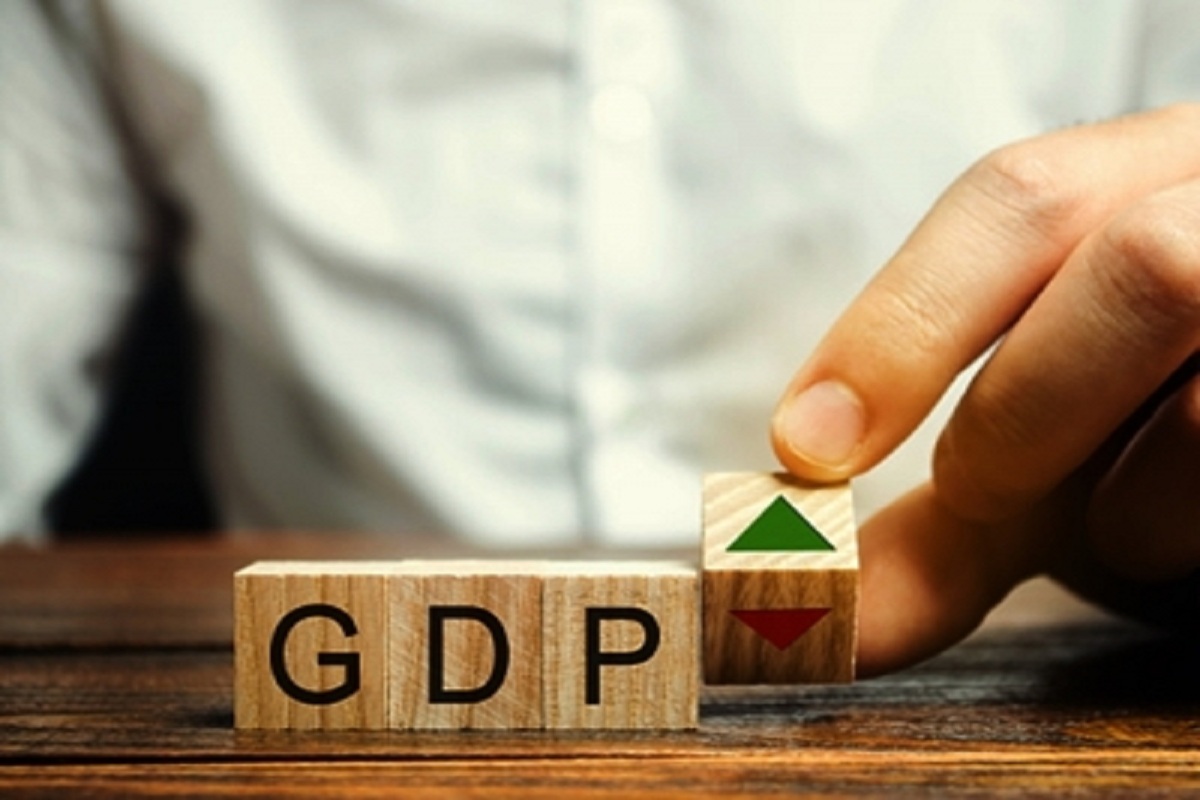Cooked-up scam to nullify case against Naidu: Jagan
Referring to the Delhi Liquor scam against Arvind Kejriwal, Reddy claimed that his government had taken the opposite path.
India stands at a crossroad, where economic prosperity clashes with political identity.
SNS | New Delhi | March 3, 2024 7:04 am

Photo: IANS
India stands at a crossroad, where economic prosperity clashes with political identity. As a rising economic power, India’s trajectory is often heralded, but beneath the surface lies a profound north-south divide that could either fuel its ascent or become a fissure leading to unforeseen consequences. The southern states, comprising Andhra Pradesh, Karnataka, Kerala, Tamil Nadu, and Telangana, emerge as the economic powerhouses of the nation. Packed with start-ups, IT campuses, and iPhone assembly plants, this region paints a picture of a modern India, racing ahead in the global economic arena.
The South’s contribution to India’s GDP has grown steadily, now standing at an impressive 31 per cent. It is the breeding ground for innovation, accounting for 46 per cent of the country’s electronics exports and hosting 46 per cent of the coveted tech “unicorns.” Yet, this prosperity does not translate seamlessly into political influence. Prime Minister Narendra Modi’s Bharatiya Janata Party (BJP), while dominant in the north, struggles to gain a foothold in the south. The political landscape in the south thrives on regional parties that champion local languages and advocate for less strident Hindu values. In essence, the south embodies a vision of India’s economic future but remains somewhat detached from the political narrative unfolding in the north. The crux of this divide lies not just in economic imbalances but in conflicting political ideologies. The north, predominantly Hindi-speaking and rural, rallies behind the BJP’s narrative. In contrast, the south favours regional parties that emphasise linguistic diversity. The impending elections, slated for April and May, hold the key to how this geographic tension will unfold.
Advertisement
The fear looms that if the political disparity intensifies, it might jeopardise India’s single market and lead to a constitutional crisis. This concern is not unfounded, as accusations of corruption probes, fund withholding, and unfair taxation practices are already sowing seeds of discontent among southern leaders. However, there exists a road less travelled, one that could harmonise India’s economic prowess with its political diversity. A pragmatic approach from the BJP, acknowledging the need to moderate its Hindutva message and embrace economic development, could bridge the gap. The south, serving as a beacon of economic progress, could also guide India’s political future towards a more inclusive and balanced trajectory. As we contemplate India’s future, it becomes evident that the nation’s strength lies in synergy, not division.
Advertisement
A united front, where economic growth complements political harmony, could propel India to unprecedented heights. The south, with its thriving industries and global outlook, could influence the political landscape, fostering a more balanced and inclusive narrative for the entire nation. In navigating these roads, India has an opportunity to harness the strengths of both its economic and political landscapes, steering away from the potential pitfalls of regional discord. The key lies in recognising that the tapestry of India’s success is woven from the threads of diversity, both economic and political, each contributing to the vibrant mosaic that defines the nation’s identity.
Advertisement
Referring to the Delhi Liquor scam against Arvind Kejriwal, Reddy claimed that his government had taken the opposite path.
India will be able to save 1.6 percent of its GDP, amounting to Rs 5 lakh crore, if Lok Sabha and state assembly elections are held simultaneously. This was stated by PP Chaudhary, chairman of the Joint Parliamentary Committee on the Constitution (129th Amendment) Bill, 2024, and the Union Territories Laws (Amendment) Bill, 2024, in Dehradun on Thursday.
State Bank of India (SBI) in its research report has projected India’s GDP growth for Q4 FY25 at around 6.4-6.5 per cent, and for FY25, at 6.3 per cent.
Advertisement
